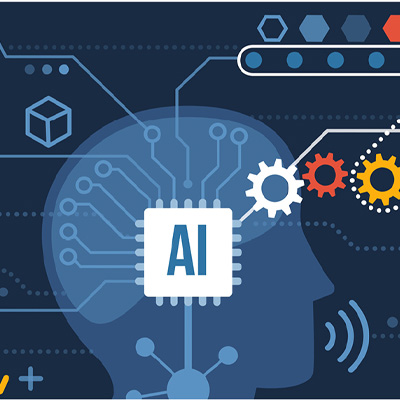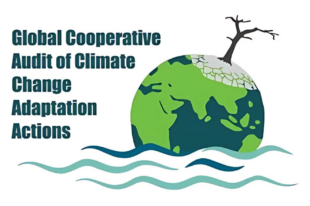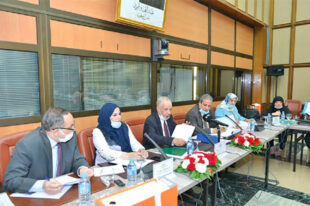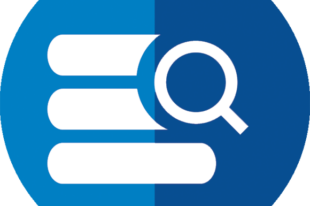Promising Technologies for Future-proofing Public Sector Audit Work

by Sumaya Al Marzooqi, Head of Institutional Development and International Relations at SAI United Arab Emirates
Technological advances have impacted the work of most Supreme Audit Institutions (SAIs), and emerging technologies have the potential to further shape the ways in which SAIs contribute to good governance. SAIs are at different stages in their technological journeys, and their use of technology may be affected by factors like the availability of data at client agencies and capacity constraints.
The INTOSAI Working Group for Impact of Science and Technology on Auditing (WGISTA) is exploring this landscape with the help of its members, observers, and the SAI community, who have been quite forthcoming in sharing their experiences in response to WGISTA’s Environment Scanning exercise.
WGISTA’s initial review of responses reinforces its belief that SAIs would do well to give careful consideration to their technological readiness and capacity, because the public sector auditing profession is well positioned to benefit from the adoption of new technologies by governments all over the world.
WGISTA plans to publish a report based on responses to the Environment Scanning that also incorporates a literature review and interviews with academics and leaders in public sector auditing. In the meantime, WGISTA believes it would be of interest to provide a glimpse of the responses it has received so far from SAIs.
Basic Data Analytics
Almost every SAI uses some kind of spreadsheet software, like Excel. A good number of SAIs are also making use of specialized software for data analytics like ACL, IDEA, or Arbutus to overcome the limitations of spreadsheet software for analyzing larger volumes of data. These solutions make it easier to run analytics from a graphical interface, without requiring auditors to create complex formulas.
Advanced Data Analytics
SAIs with greater technological capacity not only use basic data analytics tools, but also write scripts (i.e., code) to customize their results. In addition, some SAIs use Robotic Process Automation—which automates business processes—to identify patterns and glean insights from data derived from different sources.
Many SAIs are going a step further, and breaking free from the limitations of packaged data analytics software by developing custom operating environments using programming languages like R and Python. However, this approach requires in-house expertise in software development and software project management.
Data Visualization
It is increasingly important for auditors to use data visualization technologies, not only to more effectively present audit results to stakeholders, but also to help make sense of huge troves of data. SAIs are extensively using software and services like Power BI, Tableau, and Infogram, as well as Python-powered frameworks like Plotly and Matplotlib, to meet this challenge.
Emerging Technologies
Artificial Intelligence (AI) and Machine Learning. As the number of data pipes, volume of data flowing through them, and amount of unstructured data grow, SAIs face considerable challenges. Some SAIs are experimenting with using AI (algorithms designed to make decisions) and machine learning (an application of AI in which systems automatically learn from experience) to gain better insights into data and improve the efficiency of data processing.
Some of the ways in which SAIs may use these technologies include risk detection, text analysis, predictive analysis, and Natural Language Processing (the automatic manipulation of natural language, like speech and text, by software). Using Natural Language Processing may enable SAIs to conduct advanced analytics procedures on contracts, invoices, emails, and other unstructured data with great efficiency, especially when coupled with Robotic Process Automation.
In addition to improving SAIs’ data analysis, AI and machine learning are increasingly the subject of their audits. Colleagues from the SAIs of Finland, Germany, the Netherlands, Norway, and the UK have published a pioneering white paper at AuditingAlgorithms.net to help SAIs perform audits on machine learning algorithms used by governments.
Blockchain. Another technology that may affect accounting and auditing is Blockchain, the record-keeping technology behind the Bitcoin network. Many SAIs are closely monitoring developments in Blockchain, and auditors at some SAIs have received training on its risks and controls.
Because of its distributed ledger, the transactions recorded on Blockchain are not easily tampered with. This may give auditors greater assurance that the underlying record of transactions on Blockchain are accurate and reliable, freeing them up to focus on higher-level questions. Another possible use of Blockchain that warrants further attention is recording audit evidence. This could be particularly useful in forensic audits, where proving the chain of custody of evidence is critical.
WGISTA noted at least one case in which an SAI evaluated the possible registration of cryptocurrencies as an asset. This is an interesting development, because Blockchain has the potential to provide almost absolute certainty of both present and previous ownership of assets. At some point, Blockchain-based cryptocurrency may become a class of assets that public sector financial auditors are called upon to evaluate, especially as many governments are currently studying this technology and may launch their own digital currencies.
Geographic Information System (GIS). Many SAIs are making use of applications like QGIS—a free, open-source GIS application that supports viewing, editing, and analysis of geospatial data. For example, GIS technology can be a handy tool in audits that relate to deforestation or illegal mining.
Innovation Labs. Some SAIs are creating special “labs” in which emerging technologies can be explored and practical applications developed. These labs are likely to differ from Information Technology (IT) Audit Departments in their freedom to experiment and to undertake proof-of-concept projects.
In conclusion, WGISTA understands that the interest and promise of different technologies may vary greatly for individual SAIs, depending on their operating context and other factors. Nevertheless, keeping pace with the rapidly evolving technological landscape is critical for the future of public sector auditing.
Cover image: elenabsl/stock.adobe.com





